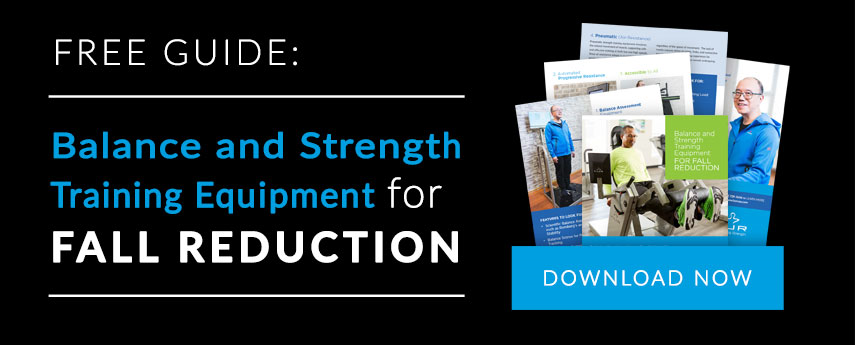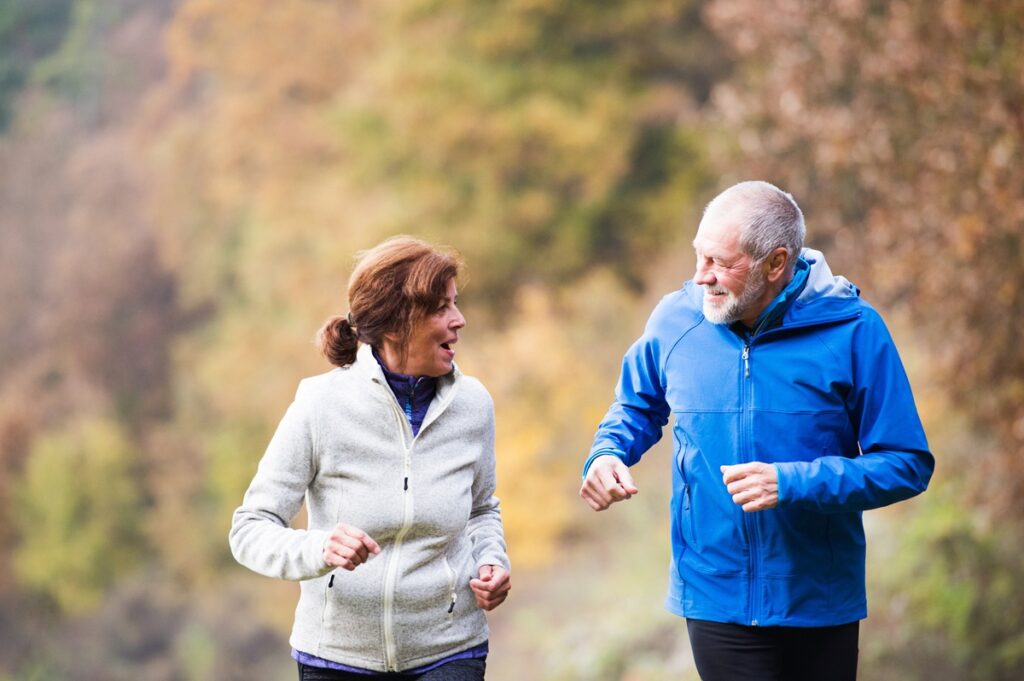Active and Passive Range of Motion Exercises for Seniors with Limited Mobility
According to the U.S. Census Bureau, nearly 40 percent of people age 65 and older are living with at least one disability. Of those 15.7 million people, two-thirds of them report difficulty walking, climbing, or performing the normal daily tasks required for independent living.
Among those older adults suffering from a disability, approximately 1 million are in wheelchairs with extremely limited mobility and range of motion. Just as with healthy, active older adults, it’s important that seniors who use wheelchairs to be involved in a physical fitness routine that includes exercises designed to improve Range of Motion.
The Problem of Limited Range of Motion
Older adults with a reduced range of motion may experience problems such as joint weakness, stiffness, pain, and immobility that compound into more problems, further limiting their range of motion and locking them into a vicious cycle.
The problem is that moving our joints is necessary to get adequate blood flow into the joint capsule, providing nourishment that enables the bones to move smoothly and without pain or discomfort. When there is little movement and subsequently less blood flow, the joints become stiff and painful, leading to reduced activity and losses in range of motion. As the cycle continues, joint integrity is compromised and the risk for deformity rises.
Muscles are intended to help joints move through their entire range of motion. While some wheelchair users s may have the ability to move through a full range of motion, they might also be suffering from muscle loss, especially at certain points in the range.
For example, a female wheelchair user may be strong enough to move her knee easily through a good range of motion but show weakness in the moments before her knee fully straightens. This example demonstrates how loss of strength may influence a person’s ability to attain full Range of Motion, thereby limiting safe functional mobility.
In order for seniors in wheelchairs to improve mobility and independence, they must be engaged in a fitness routine that includes strength and power building exercises AND exercises designed to support and maintain a healthy range of motion.
The difference between active and passive exercises
Most exercises are considered to be either active or passive. Active exercises that improve range of motion are performed independently, without aid or assistance outside of spotting or other safety and support roles. Passive exercises, also known as passive range of motion (ROM) exercises, are performed by a caregiver or physical therapist or with the constant assistance of a caregiver or physical therapist.
Passive exercises don’t require the person exercising to exert the same amount of effort as active exercises. In fact, many passive exercises don’t require the person exercising to exert any effort at all. Instead, a care professional, helps the person exercising to move their muscles and joints through their full range of motion.
When performing passive exercises, it’s important for caregivers to carefully assess body positioning and support the joint or joints being exercised. In most cases, the care professional should brace or offer support above and below the working joint.
For example, while working through an exercise that focuses on the elbow joint, the care professional might support one hand above the elbow and the other hand on the forearm or wrist area while working the elbow joint.
Likewise, when working through an exercise that includes ankle joint movements, the care professional should place one hand on the calf of the working leg and the other hand around the instep or ball of the foot.
Even from a wheelchair, many seniors can adhere to the recommended 30 minutes of exercise a day, reaping the benefits of improved flexibility and joint mobility, maintenance of overall muscle strength, improved mood, and cognitive functioning.
The simple exercises below can all be done from a wheelchair or sitting position and can help seniors:
- Lubricate joints to keep them flexible
- Stabilize the spine
- Increase circulation
- Strengthen muscles for improved mobility
Passive Range of Motion Training for Seniors Using Wheelchairs
Each of the following exercises is passive and requires the assistance of a caregiver. Care professionals: begin by securing the client’s wheelchair against a wall. Position a chair for yourself so that you are able to sit perpendicular to the client
1. Knee to Chest
- Place the knee closest to the client under the client’s thigh.
- Place one hand under the client’s thigh and the other under the client’s foot. Bend the client’s hip and knee until their foot is resting on your other thigh.
- Keeping one hand under the client’s thigh, push the client’s knee to their chest using your thigh to assist. It’s important to try to keep the client’s foot and knee in line with their hip.
- Hold for a few seconds and repeat.
2. Inner Thigh Stretch
- Place one hand under the client’s thigh and the other hand under the client’s foot. Lift the leg so it is resting on the thigh that’s furthest away from the client.
- Place one hand on the inside of the client’s knee and place your other hand loosely over the client’s foot.
- Pull the knee towards you until you feel some resistance. The client should feel the stretch through the inner thigh.
- Hold for a few seconds and repeat.
3. Hip Rotation:
- Reach down and place your hand on the outside of the client’s ankle. Rotate the leg so that the foot moves closer to the other leg. Hold this position for a few seconds, then repeat.
- Now place your hand on the inside of the client’s ankle. Rotate the leg by moving the foot away from the other leg. Hold this position for a few seconds, then repeat.
4. Hamstring Stretch
- Place the client’s leg across your lap, so it is raised straight out in front of them.
- Try to straighten the client’s knee by placing your hand on the client’s thigh and gently pushing downward. This stretch will be felt on the back of the upper thigh.
- Hold for a few seconds and repeat.
5. Ankle Stretch
- Cup your hand around the client’s heel so that your forearm is resting on the sold of their foot.
- Gently push the foot up towards the client’s head. The client should feel a stretch through their calf muscle.
- Hold for a few seconds and repeat.
Active Range of Motion Training for Seniors in Wheelchairs
HUR’s complete line of accessible training equipment includes HUR SmartTouch technology that helps determine and track the range of motion for each unique user. The HUR SmartTouch Hi5 Range of Motion feature guides users to train within the correct area of their range of motion. This allows users to perform the full movement in order to maximize the training benefit for each exercise.

Using the touchscreen, identify and select the exercise you want to complete. Fitness professionals and caregivers can set the target range of motion for each individual machine, exercise, and user. As the user moves through the exercise, they can follow along with indicators on the touch screen showing whether they are moving through the full range of motion target area.
The HUR SmartTouch Hi5 Range of Motion feature allows care professionals to easily define the range of motion for each individual client. HUR SmartTouch automatically captures data while clients train, offering valuable insights into the quality and progress of each user's training program.







